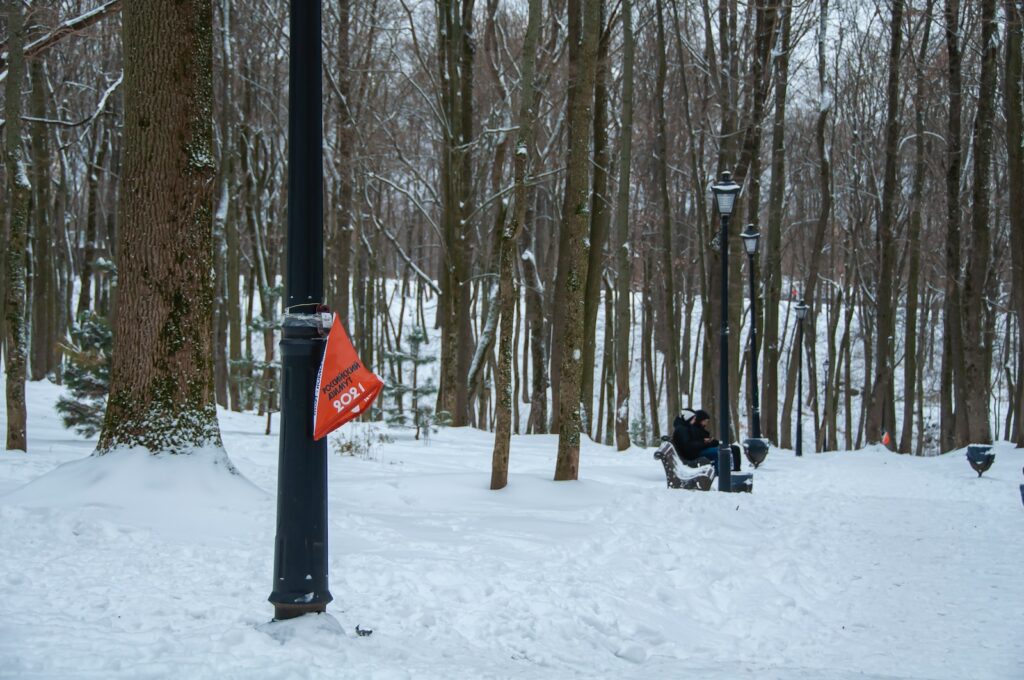Hello there, future adventurers! Today, we will embark on a journey into the world of orienteering. It’s a fun, challenging, and exciting sport combining physical and mental agility. So, buckle up, and let’s dive into the four basic orienteering skills that every explorer should know!
Orienteering, as a sport, has a rich history. It started as a training exercise in land navigation for military officers, then became a competitive sport in the 19th century. Today, it’s a worldwide activity that people of all ages enjoy.
Knowing how to orienteer can be a lifesaver – literally. It’s about finding your way in the wilderness and understanding the environment around you. These skills can also help you in everyday life, from navigating a new city to finding your car in a crowded parking lot.
The Art of Map Reading
First, you can’t navigate if you can’t read a map. It’s like trying to read a book in a language you don’t understand! So, here’s what you need to know:
Understanding Map Symbols: Maps use symbols to represent real-world features—for example, rivers’ blue lines, forests’ green areas, etc. Get familiar with these symbols! They’re your key to understanding the landscape around you.
Map Orientation: Always align your map with the surrounding landscape. This way, what’s in front of you in the real world matches what’s in front of you on the map. It’s like having a mini-version of the world in your hands!

The Compass Conundrum
Next up, we have our trusty friend, the compass. It’s not just about knowing north from south. Here’s how to use it effectively:
Taking a Bearing: This is the direction from your current location to your destination. Line up your compass with the map; you have your bearing! It’s like having a personal guide pointing you the right way.
Following a Bearing: Once you have your bearing, follow it! Keep an eye on your compass and make sure you’re staying on track. It’s easy to get distracted by the scenery, but your compass will keep you focused.
Pacing and Timing
Now, let’s talk about pacing and timing. These skills help you estimate how far you’ve traveled:
The Importance of Pacing: Count your steps. You’ll know how many steps you take to travel a certain distance with practice. It’s like having a built-in odometer!
Timing: Your Invisible Guide: Use your watch. If you know your average speed, you can estimate how far you’ve traveled based on time. It’s like having a silent guide whispering in your ear.
Route Choice
Last but not least, route choice. It’s all about planning the best path from start to finish:
Straight or Roundabout: The Dilemma: Sometimes, the straight path isn’t always the fastest. Consider terrain, distance, and your physical ability. It’s like playing a strategic game with Mother Nature.
Safe or Risky: The Balance: Assess the risks. Is it safer to take the longer path or risk the shortcut? It’s all about balancing speed and safety.

Common Problems and Solutions
Orienteering isn’t without its challenges. But don’t worry, and we’ve got solutions for you:
Getting Lost and Finding Your Way: It’s easy to get lost when navigating unfamiliar terrain. But don’t panic! Use your map and compass to reorient yourself. Find a landmark, take a bearing, and start again.
Dealing with Difficult Terrain: Rough terrain can slow you down and even lead to injuries. The solution? Plan your route carefully, take time, and always watch where you go.
Impact of Orienteering
Orienteering has its pros and cons, like any sport:
Positive Effects: It’s a great way to get outdoors, exercise, and improve your navigation skills. Plus, it’s a lot of fun!
Potential Risks: Like any outdoor activity, it can be risky. But with the proper preparation and equipment, you can minimize these risks and enjoy a safe adventure.
FAQs
Q: What if I get lost? A: Don’t panic! Use your map and compass to reorient yourself. Find a landmark, take a bearing, and start again.
Q: Is orienteering dangerous? A: Like any outdoor activity, it can be. But with preparation, knowledge, and the right equipment, it’s a safe and fun sport.
Q: Can I do orienteering anywhere? A: Yes! From city parks to dense forests, anywhere can be your orienteering playground.
And there you have it, folks! The four fundamental orienteering skills. Remember, practice makes perfect. So, grab your map and compass, and let’s explore!
aeorienteering.com is reader-supported. When you buy through links on our site, we may earn an affiliate commission.



